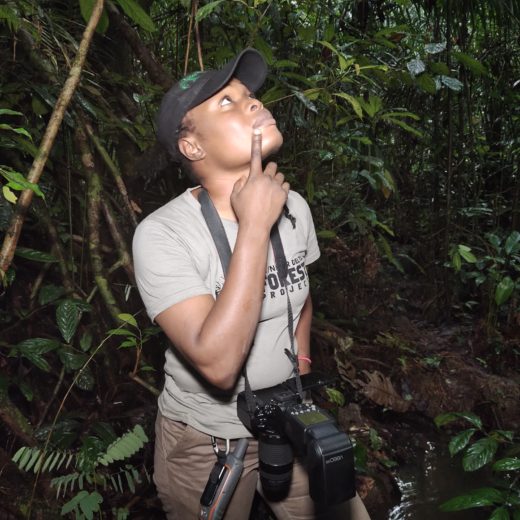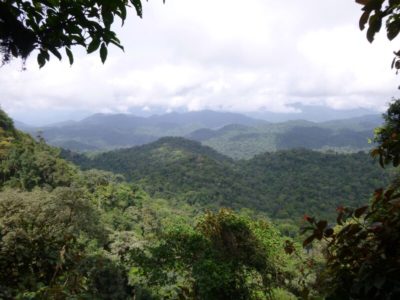
Few areas of intact rainforest remain to the north and west of the Sanaga River. Since the independence of Cameroon, this area has witnessed a huge expansion of human activities including increased settlement, agriculture, road infrastructure and timber extraction. The degradation and fragmentation of forests across the region has a direct bearing on forest dwelling communities, many of which have lost their economic, social, and cultural links to what was once their land and home. Extending over 1500 km2, the Ebo forest represents one of the last remaining tracts of forest in the Cameroon region and constitutes an important portion of the globally-recognized Yabassi Key Biodiversity Area.
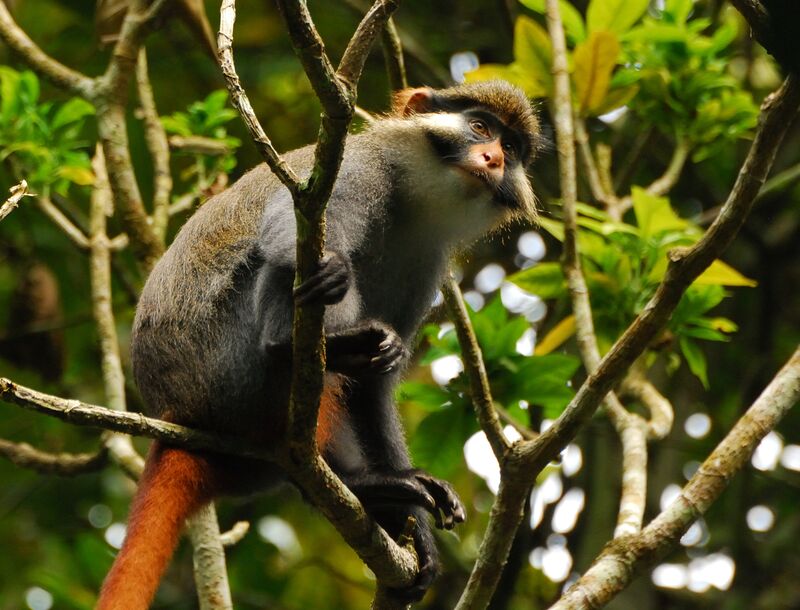

The forest is home to several communities that lived in villages inside the forest up to the early 1960s, but were evicted as a result of the civil strife around Cameroon’s Independence. Patriarchs and matriarchs from these communities now live in resettlement communities at the edge of the forest or in other nearby villages or in cities and often have their close relatives buried in the forest. They see the forest as their ancestral and customary home, and want to see their succeeding generations connected to it. The forest is a source of livelihood for more than 40 surrounding villages who depend on it for food, medicine, water, building material, and other ecosystem services.
Sequestering over 35 million tons of carbon, the forest plays a major role for climate stability in the region and globally. The forest also harbors a huge diversity of plants and animals that form the resource base of the adjacent communities. Many primate species thrive in the forest, which is a stronghold for the tool-wielding chimpanzees, drills, and a unique population of gorillas. Many endemic and endangered plants have been discovered in the forest, many of which have the potential to be a source of additional medicinal resources to humanity.
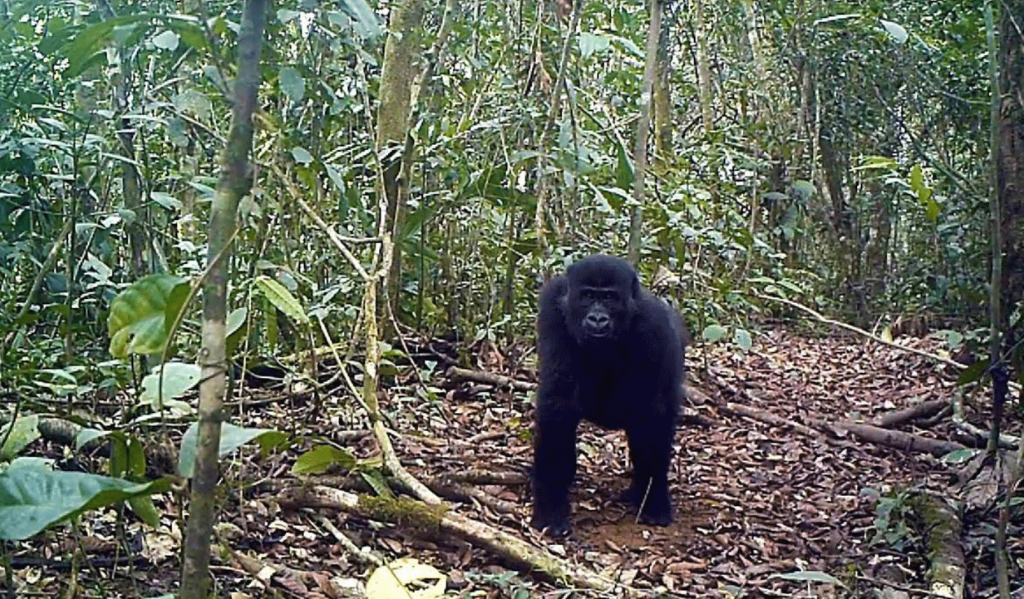

Given the close links between the local villages and the forest’s rich biodiversity, these communities have a great stake in the sustainable management of the resources that they have relied on and conserved for many generations. They have expressed frustration at being sidelined during the proposed classification of the forest into a national park in 2006, and into forest management units for industrial logging in 2020. Including these grassroots communities in the land use planning process will empower these communities and other key stakeholders to make informed decisions about the future of what they rightly see as their customary land.
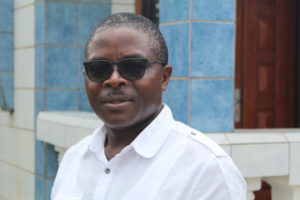

Dr. Ekwoge Abwe is a San Diego Zoo Wildlife Alliance postdoctoral fellow and manager of the Central Africa Program’s Ebo Forest Research Project (EFRP). He was the first to witness chimpanzees smashing nuts in Cameroon and was honored with the prestigious Whitley Fund for Nature Award in 2013 for his grassroots efforts to engage local communities in gorilla conservation in Ebo forest.
Stay in touch and get the latest WildAid updates.
SIGN UPAbout WildAid
WildAid is a non-profit organization with a mission to protect wildlife from illegal trade and other imminent threats. While most wildlife conservation groups focus on protecting animals from poaching, WildAid primarily works to reduce global consumption of wildlife products such as elephant ivory, rhino horn and shark fin soup. With an unrivaled portfolio of celebrity ambassadors and a global network of media partners, WildAid leverages more than $308 million in annual pro-bono media support with a simple message: When the Buying Stops, the Killing Can Too.
Journalists on deadline may email communications@wildaid.org
